From Learner to Leader: Nurturing Future Leaders through Strengths
Why Self-Awareness is the Future of Corporate Leadership
In an environment where agility and innovation reign, relying solely on qualifications and technical skills is no longer sufficient. Organisations require leaders who possess strong communication skills, collaborate effectively across departments, make sound decisions under pressure, and adapt with resilience. The question many business leaders are asking is: how can we develop these leadership capabilities across our teams?
At Strengths School™, we believe that leadership is not an innate trait reserved for a select few; rather, it is a skill that can be developed when individuals are empowered to understand and leverage their natural talents. This philosophy underpins our LeadershipEDGE™ programme—a strengths-based leadership development journey designed to help professionals evolve from capable contributors into confident, purpose-driven leaders.
More Than a Programme—A Strengths-Based Transformation
Unlike conventional leadership programmes that rely on generic personality assessments or broad behavioural models, LeadershipEDGE™ is rooted in the CliftonStrengths® framework. Developed through more than five decades of research by Gallup across global workplaces, this evidence-based approach offers a practical and insightful method for uncovering and developing leadership potential.
Here’s how LeadershipEDGE™ delivers meaningful and lasting impact within corporate teams:
Strengths Discovery through CliftonStrengths®
Participants begin their journey by completing the CliftonStrengths® assessment, which identifies their Top 5 Signature Talent Themes—providing personalised insights into how they naturally think, feel, and behave.
This discovery phase builds self-awareness, enabling individuals to recognise that effective leadership does not require them to conform to a particular stereotype. Instead, it involves developing their existing talents and using them intentionally.
For example, an individual with Strategic and Futuristic themes may thrive in long-term planning and vision-casting, while another with Empathy and Developer may excel in mentoring or nurturing team dynamics.
Mapping Authentic Leadership Styles
Rather than prescribing a standardised model of leadership, the programme supports individuals in mapping their strengths to Gallup’s four key leadership domains:
Executing
Influencing
Relationship Building
Strategic Thinking
Through this strengths-based lens, participants:
Understand how their unique talents contribute to team performance
Gain clarity on their natural leadership style
Build confidence to lead in a way that aligns with their authentic selves
Programme Structure: Practical, Interactive, and Impactful
LeadershipEDGE™ is designed as an engaging and hands-on experience. It is delivered through interactive modules, with flexibility to be conducted as a one-day workshop, a multi-session intensive, or part of an executive retreat—depending on organisational needs.
Each module focuses on the real-world application of leadership:
| Module | Key Focus |
|---|---|
| 1. Know Your Strengths | Understand your Top 5 talent themes and recognise how they manifest at work |
| 2. Lead from Within | Explore your leadership edge and align your strengths with leadership domains |
| 3. Strengths in Teams | Collaborate effectively with colleagues who exhibit diverse working styles |
| 4. Strengths-Based Decision-Making | Leverage your strengths to approach challenges with clarity and decisiveness |
| 5. Leadership in Action | Apply insights in group simulations and real scenarios to demonstrate growth |
All sessions are facilitated by Certified Strengths Coaches with extensive experience in leadership development across diverse industries.
Outcomes: Tangible Business Impact
LeadershipEDGE™ goes beyond inspiration. It delivers measurable, observable outcomes that contribute directly to business performance and team culture. Across multinational corporations and government agencies, participants have reported:
Increased Confidence
9 in 10 professionals express greater confidence in their leadership abilities following the programme
Participants begin articulating their value using a strengths-based vocabulary
Many proactively take on leadership roles in meetings, projects, and mentoring engagements
Enhanced Team Collaboration
Teams develop a deeper appreciation for differing communication and working styles
Interpersonal friction is reduced, as strengths are used to align responsibilities and improve cohesion
Collaboration becomes more efficient, constructive, and intentional
Stronger Goal Orientation
Participants with strengths such as Achiever, Focus, or Discipline sharpen their goal-setting capabilities
Those with Learner or Input create frameworks to translate curiosity into action
Individual and team progress is tracked through reflective practices and feedback mechanisms
More Authentic Communication
Individuals practise providing and receiving feedback in a constructive, strengths-aligned manner
Those with Communication, Activator, or WOO refine their capacity to engage, influence, and persuade
More introverted professionals discover how to lead with thoughtfulness, clarity, and empathy
Insights from Corporate Leaders
Participants frequently begin the programme believing that effective leadership requires assertiveness or extroversion. Through guided self-discovery, many come to understand that powerful leadership also stems from introspection, empathy, and the capacity to forge meaningful relationships.
Professionals with Intellection or Relator strengths often realise they can lead effectively by engaging in deep thinking and fostering trust within their teams. Rather than imitating a conventional leadership persona, they gain the confidence to lead in a manner that reflects their true selves.
In collaborative settings, leaders report a noticeable shift in team dynamics. Assignments and responsibilities are no longer delegated arbitrarily—instead, they are intentionally aligned with each team member’s strengths. This enhances team productivity, morale, and a sense of shared purpose.
Embedding a Strengths-Based Culture Across the Organisation
Human Resources and departmental leaders who have implemented LeadershipEDGE™ observe broad cultural benefits:
Improved cross-functional collaboration
Increased participation in leadership and innovation initiatives
Shared use of strengths-based language that persists beyond the training
Whether integrated into succession planning, talent development frameworks, or departmental retreats, LeadershipEDGE™ supports your organisation’s goals for sustainable performance, inclusive leadership, and high team engagement.
Conclusion: Leadership Begins with Self-Awareness
The most effective leaders are not always the most vocal—but they are invariably the most self-aware. At Strengths School™, we guide your leaders to uncover what makes them unique, equipping them to lead with authenticity, conviction, and clarity.
LeadershipEDGE™ is not just a course—it is a transformational journey that shifts mindset, strengthens culture, and elevates leadership across the organisation.
Equip Your Leaders to Thrive
If you are looking to develop strengths-based leaders within your organisation, we would be delighted to support you.
Contact Strengths School™



